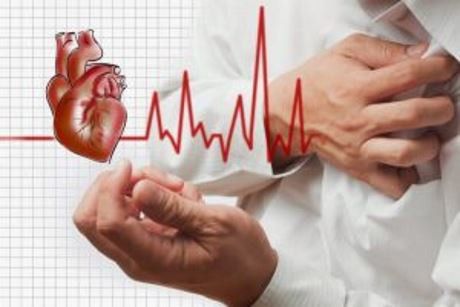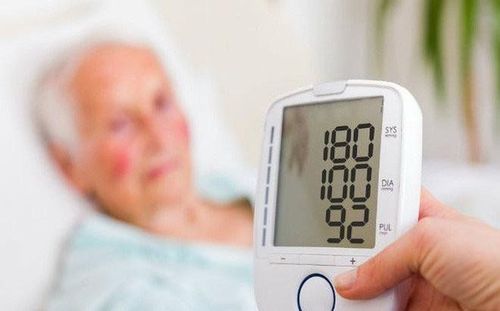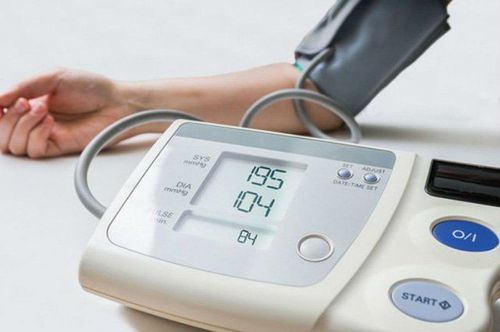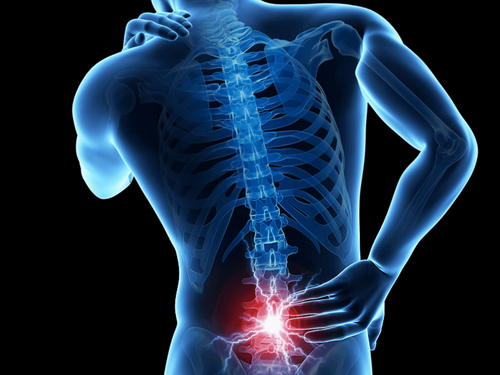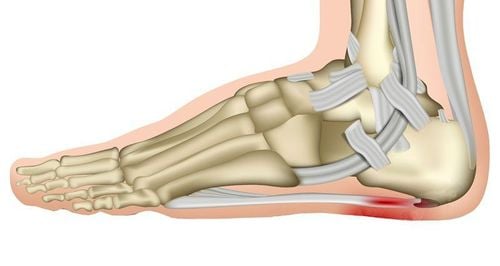Nội dung bạn đang tìm kiếm không có phiên bản tiếng Việt.
Vui lòng chọn tiếp tục để xem nội dung tiếng Anh hoặc đi đến trang chủ Tiếng Việt.
Rất xin lỗi về sự bất tiện này.

Home
Tag Bad fat
Articles in Bad fat
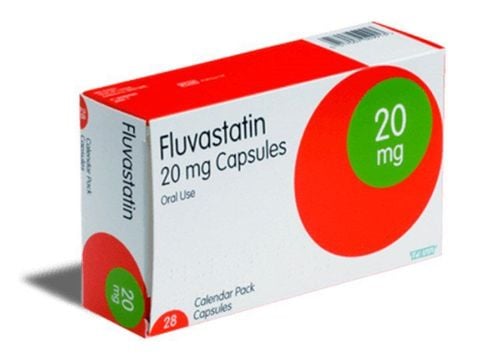
Fluvastatin: Uses, indications and precautions when using
Fluvastatin is a statin medicine that is used with an appropriate diet to help lower "bad" cholesterol and fats (such as LDL, triglycerides) and raise "good" cholesterol (HDL) in the blood. Fluvastatin works to reduce the amount of cholesterol made by the liver.
Xem thêm
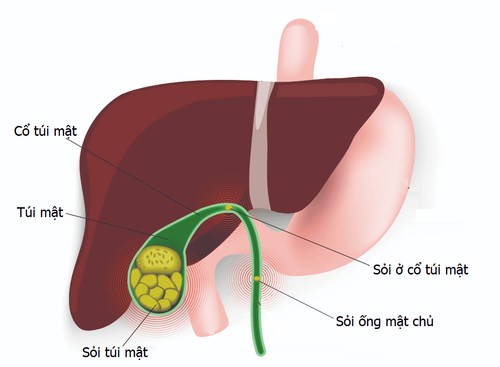
What should people with gallstones avoid?
I have painful gallstones, size 24mm. The doctor asked me, what should people with gallstones eat?
Xem thêm

The role of lipids in the body
The role of lipids in the human body is especially important, in the structure of cell membranes and stored in tissues, like a source of energy reserves. In particular, it is also a solvent environment to dissolve vitamins in fat and is an important energy-providing component in the daily diet.
Xem thêm
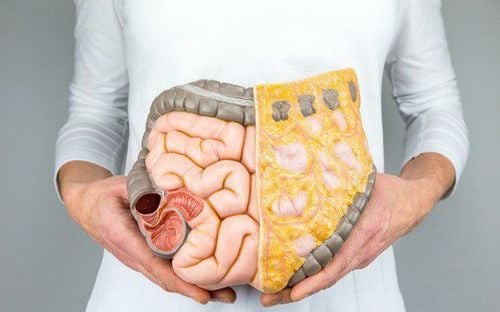
How many types of fat are there in the body?
Fat in the human body is divided into two types: good fat and bad fat. Good fat provides energy for the body, bad fat causes the body to produce cholesterol, leading to many health problems. The following article will analyze in detail these common fats.
Xem thêm
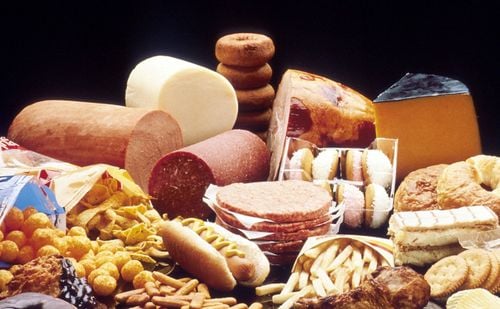
Why are trans fats harmful?
In life, trans fats are often used in processed foods because they have a long shelf life and are cheap. Like saturated fats, the harm caused by trans fats to the body is extremely large.
Xem thêm
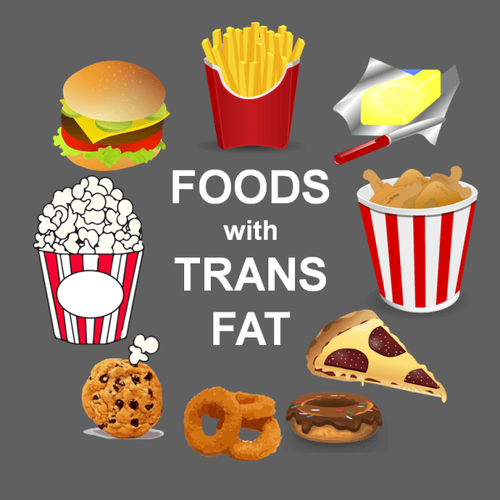
Trans fats are found in which foods?
Trans fats (English name: trans fat or trans fatty acid) are trans fatty acids or trans fatty acids, artificial isomeric fatty acids. They are formed during food processing, by the method of hydrogenating cooking oil.
Xem thêm

What is fat adaptation?
The keto diet is very low in carbs but high in fat and can provide various health benefits such as: Increased energy, weight loss, improved nerve function and blood sugar control. Fat adaptation is one of the terms associated with this diet.
Xem thêm

6 simple ways to lose belly fat, based on science
Belly fat is closely linked to an increased risk of certain diseases, such as heart disease, diabetes, bone and joint problems, and other conditions. Most people can lose excess belly fat through lifestyle changes, including eating a healthy diet rich in protein, vegetables, and fruits, limiting alcohol, and exercising regularly.
Xem thêm

How fat moves from food to blood
Because fats do not mix with water, they are digested and absorbed into your bloodstream differently than carbohydrates and proteins. This is true of most fats in your diet, but not all fats. One group of fats, triglycerides, is an exception. They are digested more like carbohydrates and proteins than like fats, so they go directly to the bloodstream. In this article, we will provide useful information to help users better understand how fats move from food into the bloodstream.
Xem thêm

Dietary fat and diseases
There are many types of fat. Your body makes fat from excess calories. Some fats are found in food and drink. Dietary fat is a macronutrient that provides energy for your body. Fat is essential for your health because it supports a number of body functions. However, some types of dietary fat are thought to play a role in certain diseases such as cardiovascular and metabolic diseases, overweight and obesity. In addition, fat is high in calories, so you need to balance your fat intake with the other foods you eat so that your body does not take in more calories than it needs. In this article, we will provide useful information to help users better understand the relationship between dietary fat and diseases.
Xem thêm

What do you know about the types of fat in the body?
Although the word "fat" is widely used to describe all body fat, there are actually several different types of fat in your body. Some types of fat can have negative effects on your health and contribute to disease. Other fats are beneficial and necessary for your health. The main types of fat cells are white, brown, and fat cells. They can be stored as essential, subcutaneous, or visceral fat. Each type of fat serves a different role. Some promote healthy metabolism and hormone levels, while others contribute to life-threatening diseases, including: type 2 diabetes, metabolic heart disease, high blood pressure, cancer. In this article, we will provide useful information to help users better understand the different types of fat in the body."
Xem thêm





